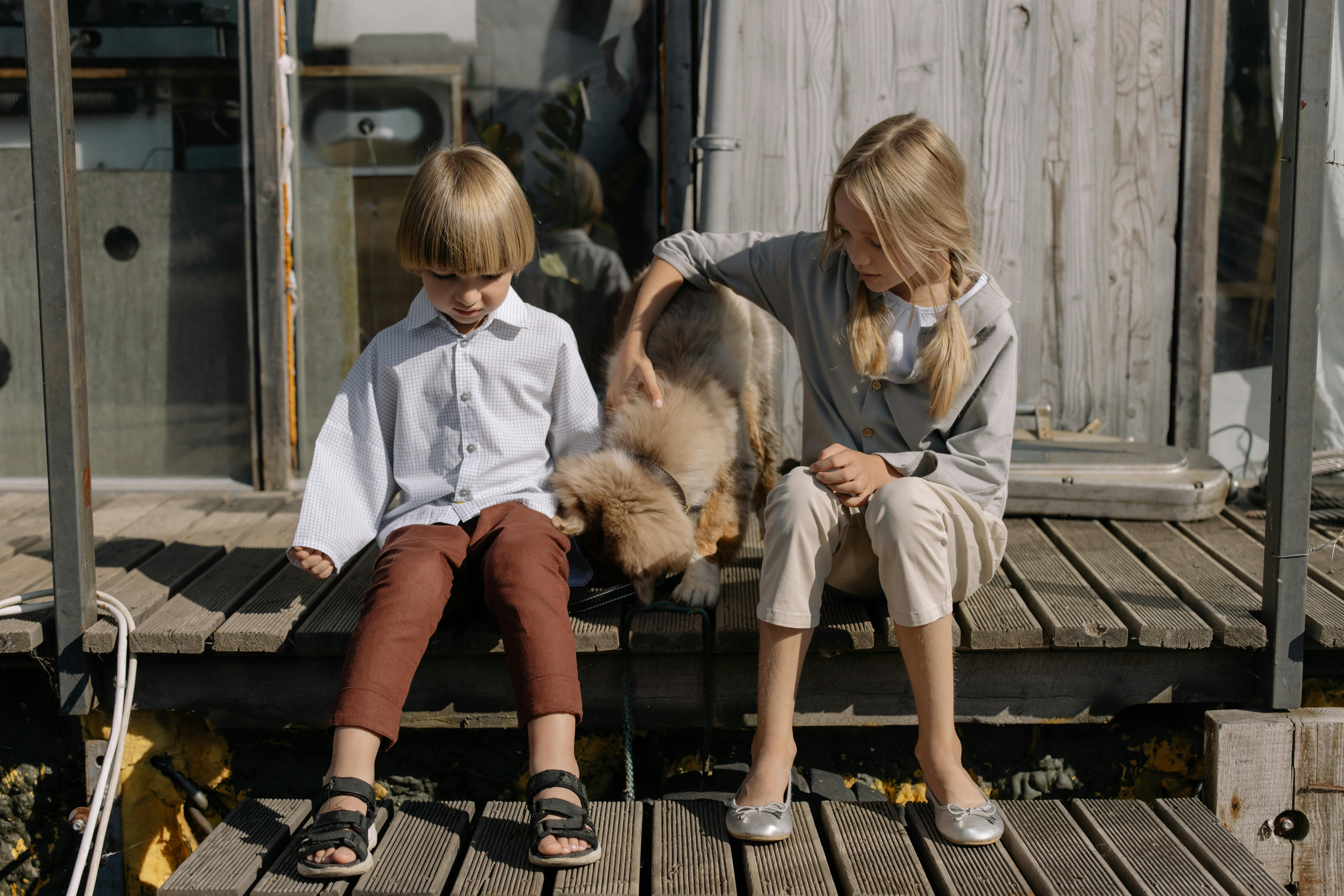If you want an outdoor hutch for your pet bunny, but aren’t quite ready to invest in a commercially available hutch yet, there is a way to customize an indoor cage to do “double duty.” The basic idea is simple: use the wire frame of the indoor cage as an internal metal skeleton on which you will create an outdoor wooden rabbit hutch.
Some indoor cages come with wheels for easy transport, and if you live in a single-story home with only a few steps, the cage/shed can easily go back and forth between indoors and outdoors. Depending on how you convert the cage, it’s also possible to add handles to the roof of the cage/shed, allowing you to lift it up and carry it around, provided of course it’s not too heavy.
You’ll need to have some basic carpentry skills to do this, but if it’s an idea that appeals to you, you can also select a wire dog crate for the conversion. Wire dog crates have the distinct advantage of being much taller, allowing a truly handy person to create a second-story dwelling for that prized pet. While no dog crate comes with wheels, caster wheel assemblies can be attached to the bottom of the crate. How would you start?
First, check the internet or your local pet supply center for examples of commercially available wooden rabbit hutches for outdoor use. All you are looking for here are ideas. Visualize your final design, then sketch out the details of each step on paper.
The first step will be to enclose the wire cage with a 2 x 4 or even 1 x 2 lumber frame. For the walls, you will most likely want to use exterior plywood, attached to the frame. If you have the skills, you can cover the wood deck with an A-frame style roof. A simpler alternative is to extend the wood framing on one side higher than the other, then attach a sheet of plywood to create a sloped roof style. shed. Regardless of which one you use, you can shingle the roof for better protection and beauty, although it will add to the weight of the cab if your plan calls for mounted handles to lift the cab and move it. For a lighter alternative, you can cover the roof with plastic sheeting.
Indoor rabbit cage floors and door cages are made of welded wire and, in the case of rabbit cages, with trays underneath. Some dog crates do not have drop-down trays, and in any case, your kennel/shed will rest on the ground so that the drop-down tray can be removed when outdoors. Clean up is then a simple matter of moving the cage around and picking up the rabbit’s droppings.
Welded wire is usually so closely spaced that it can provide a painful surface for some rabbits to walk on. You can install a narrow mesh wire, such as chicken wire, directly over the existing wire, or you can cover a portion of the floor with wood or plastic. Avoid continuous solid wood flooring as rabbit urine can seep into the wood and begin to produce ammonia-like vapors over time. This is a tough project, but you’ll be proud of your creative outcome if you decide to do it.




